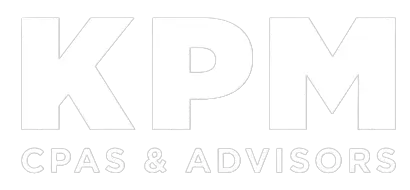In today’s working environment, employers typically recognize and understand the importance of work-life balance. Remote/hybrid work arrangements and generous paid time off policies, for example, allow employees to fulfill their professional obligations while having the flexibility to take better care of themselves and their families.
In many cases, however, employees need more than just the time and opportunity to manage difficult personal issues — they need help finding solutions to their problems. As an employer, you can point the way with a work-life referral (WLR) program.
Solutions Available
A WLR program is an employer-funded fringe benefit that helps employees find expert resources for addressing personal or work-related issues, such as:
- Specialized medical care,
- Childcare,
- Educational needs,
- Eligibility for various government benefits, including paid leave and health insurance,
- Financial planning, and
- Retirement planning.
The basic concept is, when employees encounter problems that negatively impact their work-life balance and they’re not sure where to turn, the WLR program can help them find a solution.
Large organizations may have the resources to create, staff and run their own WLR programs. But most small to midsize employers’ contract with third-party providers that specialize in WLR services. These providers typically charge employers a monthly fee based on the number of eligible participants, regardless of how many employees use services under the program.
Some organizations offer WLR services within their employee assistance programs — commonly known as “EAPs.” Others offer WLR programs as a standalone benefit.
Tax Impact
As more and more employers explore ways to support their employees’ well-being, interest in WLR programs has grown. In fact, the IRS explicitly addressed the fringe benefit in a fact sheet published on its website in April. The fact sheet provides background on WLR programs, explains the tax treatment of “de minimis” fringe benefits and concludes with three frequently asked questions (FAQs) about WLR services.
In short, a de minimis fringe benefit is one of such minimal value or infrequent use that it would be unreasonable or impractical for employers to account for administratively. As such, de minimis fringe benefits may be excluded from employees’ gross taxable income and aren’t subject to employment taxes.
The good news is, according to the IRS FAQs, employer-provided WLR services are generally considered de minimis fringe benefits. The agency does note, however, that its FAQs don’t address the direct or indirect payment for WLR services. The fact sheet also notes, “Because these FAQs have not been published in the Internal Revenue Bulletin, they will not be relied on or used by the IRS to resolve a case.”
Optimal Benefits Of A Work-Life Referral Program
If your organization is looking to expand its benefits package to better support employees’ well-being, a WLR program may be just the ticket — and a tax-friendly one at that. But you’ll need to consider all the costs involved and whether this is a fringe benefit that your employees will value and use. Contact us for help analyzing all your benefits costs and choosing the optimal ones for your organization.

